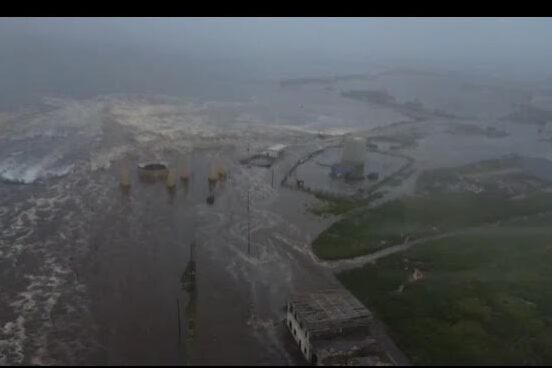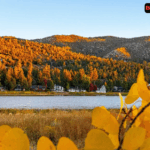On July 30, 2025, a powerful Russian earthquake with a magnitude of 8.8 shook the waters off the Kamchatka Peninsula, setting off tsunami alerts across the Pacific—from Japan and Alaska to Hawaii, Guam, and Micronesia.
The Kamchatka earthquakes damaged buildings and unleashed a tsunami of up to 4 metres, forcing evacuations and triggering warnings across the Pacific Ocean. Several people were injured in the remote Russian region. At the same time, authorities in Japan ordered evacuations along the eastern seaboard — a painful reminder of the 2011 disaster that struck the same coast.
The Russian tsunami brought waves as high as 3 to 4 metres (10–13 feet) to parts of Kamchatka, leading regional emergency minister Sergei Lebedev to urge residents to evacuate coastal areas immediately.
The US Geological Survey said the Russian earthquakes struck with particular force because the epicentre was just 125 km east-southeast of Petropavlovsk-Kamchatsky and at a shallow depth of only 19 km, amplifying the intensity of the shaking.
“Today’s Kamchatka earthquake was severe and the strongest the region has seen in decades,” Governor Vladimir Solodov said in a video shared on the Telegram messaging app.
Japan’s weather agency raised its alert level, warning that tsunami waves up to 3 metres (10 feet) could hit widespread coastal areas starting around 0100 GMT.
Tsunami sirens sounded through coastal towns along Japan’s Pacific shoreline as authorities urged residents to move to higher ground.
As the tsunami threat loomed, footage from NHK showed people sheltering on rooftops in Hokkaido and fishing boats leaving harbours. TEPCO evacuated workers from the Fukushima nuclear plant as a precaution. Japan Chief Cabinet Secretary Yoshimasa Hayashi said authorities reported no injuries, damage, or nuclear irregularities.
The US issued a tsunami alert covering Alaska, Hawaii, and West Coast states, with advisories reaching as far as Guam and Micronesia. Regional emergency minister Sergei Lebedev assured that authorities are taking all necessary measures to protect the public during this critical situation.
US President Donald Trump confirmed the tsunami alert in the U.S. in a social media post, warning residents in Hawaii to stay prepared following the massive Pacific earthquake.
“Due to a massive earthquake that occurred in the Pacific Ocean, a Tsunami Warning is in effect for those living in Hawaii,” US President Donald Trump said in a social media post.

The Russian earthquakes left several people needing medical help, regional health minister Oleg Melnikov told TASS. He said the quake injured several people as they fled in panic—one person jumped from a window, and a woman suffered injuries inside the new airport terminal.
Thankfully, all patients are in stable condition, with no serious injuries reported. Meanwhile, Russia’s Emergency Services confirmed that a tsunami partially flooded the port and a fish processing plant in Severo-Kurilsk, Sakhalin. Authorities have evacuated the town’s residents to safety.
Kamchatka Earthquake Hits Pacific ‘Ring of Fire’
The Kamchatka earthquake struck in Russia’s Far East, which lies on the Pacific Ring of Fire — an area known for many earthquakes and volcanic eruptions.
The Russian Academy of Sciences said it was the strongest earthquake in the region since 1952.
Sure! Here’s a shortened version of the passage:
Danila Chebrov, head of the Kamchatka Geophysical Service, explained that because of the location of the earthquake’s center, the shaking wasn’t as strong as you might expect for such a big quake.
He added that aftershocks are still happening and could stay strong for some time, but there’s no sign of a bigger earthquake coming. Officials said the situation is under control.







